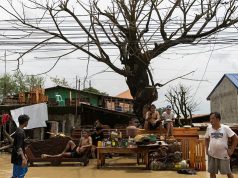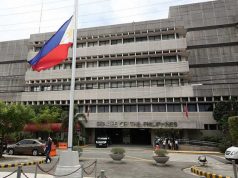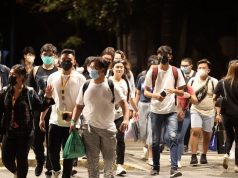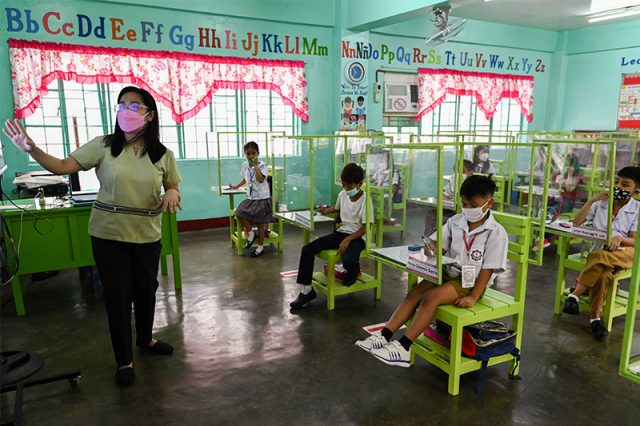
Ninety percent of children in the Philippines still struggled with reading simple texts at age 10, according to the latest data from the World Bank.
The Straits Times, a Singapore-based publication, published a report about this data last July 23.
It soon reached some Filipinos online who expressed alarm over the matter.
In The Strait Times report, a table showed the learning poverty rates of countries in Asia.
The Philippines scored the highest percentage of learning poverty, thus ranking at the bottom of the list.
Learning poverty means the “inability to read and understand short, age-appropriate texts by the age of 10.”
Here is a screenshot of The Strait Times table with data gathered from the World Bank.
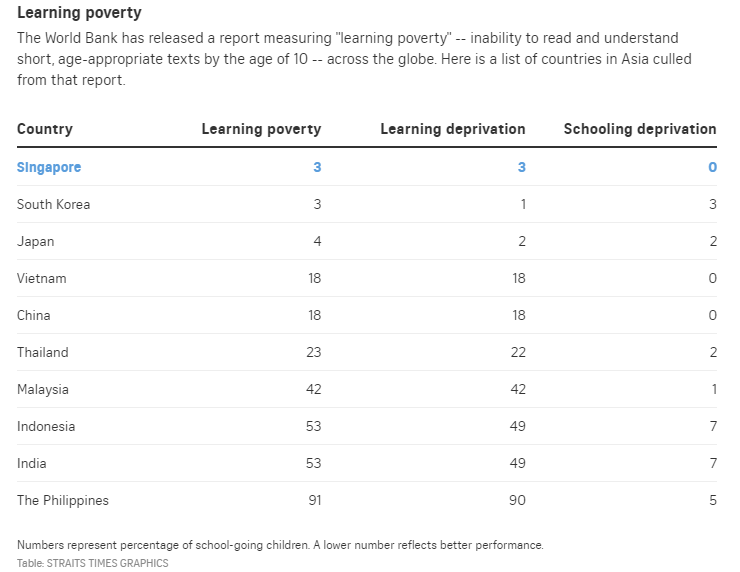
The table showed that the Philippines got a 91% learning poverty rate and a 90% learning deprivation rate.
Moreover, 5% of children are also deprived of school.
In a separate report by Inquirer.net, the World Bank identified two reasons for the Philippines’ high learning poverty rate.
“First, the share of out-of-school children is higher for boys (5.1 percent) than for girls (4.8 percent). Second, boys are less likely to achieve minimum proficiency at the end of primary school (91.7 percent) than girls (89.2 percent) in the Philippines,” the institution was quoted in the report as saying.
This information about learning poverty is part of the World Bank’s annual global report titled “The State of Global Learning Poverty: 2022 Update.”
The global report assesses the learning crisis and state of education systems of different countries in the world amid the still ongoing COVID-19 pandemic.
The Washington-based lender and the UNESCO Institute for Statistics launched the learning poverty indicator in 2019 to highlight the global problem on learning among children.
“Global learning poverty is at crisis levels and continues to worsen in the wake of the worst shock to education and learning in a century,” part of the report reads.
A crisis in Philippine education
Filipinos who saw this data lamented the current state of education in the country.
“Ito yung sinasabi na we must declare an education crisis,” one Facebook user said.
“Our education system’s perpetual crisis. We need true education leaders in government,” another online user pointed out.
Former tourism chief Rafael Alunan II explained what the decline in education means.
“This is the consequence of the steady decline in education. None of the interventions, if any, were effective. Do you know what this means?” Alunan said.
“Simply put, we’ve sunk so low in the performance standards and knowledge departments that, soon enough, we will become a certified idiot nation,” added.
Some online users, meanwhile, deemed the country’s state of education as the consequence of the mass promoting students.
Some student groups previously called on all schools to implement this process amid the peak of the COVID-19 pandemic in April 2020.
RELATED: #EndtheSem calls continue despite UP Board of Regents’ decision to end semester on April 30
“Mass promotion pa more para highest tayo,” a Facebook user said.
Other Filipinos said that some teachers were unable to teach well because of the administrative tasks they are burdened to accomplish.
“Dami kasi programa ng DepEd. Hindi na alam if ano uunahin ng guro…Just let teachers teach. Alisin na ang mga paperwork,” one Facebook user suggested.
“Let the teacher focus on teaching not on a bulk of paper works to be submitted ASAP,” another online user commented.
“Papaano pa matututukan ang bata kung sandamukal na ancillary and admin tasks ang ginagawa ni teacher,” another Filipino said.
August 22 marks the start of the new academic school year 2022 to 2023 but the full resumption of face-to-face classes in public and private schools is slated on November 2 this year





